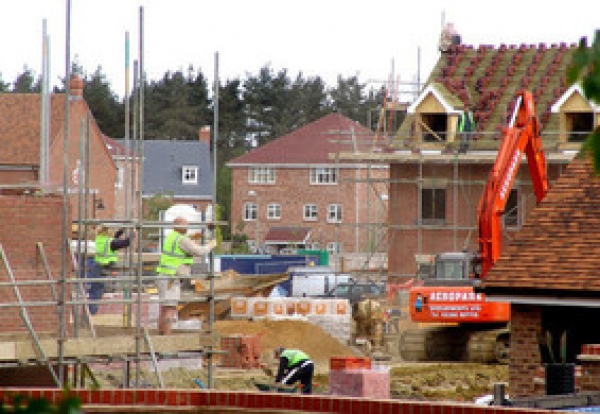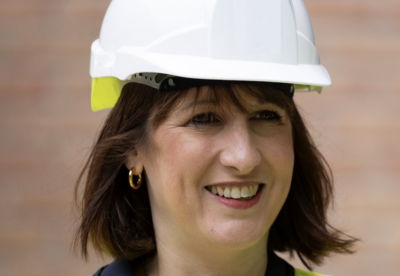New research on over 1,000 housing sites in England reveals that one in five workers are from overseas. The census of over 37,000 workers reveals that housing delivery is nearly twice vulnerable as broad-based construction to restricted access to foreign workers.
In London where the housing crisis is most acute, 56% of the site workforce is non UK.
Concerned house builders are now warning they must continue to have access to skilled EU workers post-Brexit if they are to deliver the Government’s ambitious new housing targets.
Regional spread of Non UK on housing sites
Survey of 37,167 workers on 1090 housing sites
- 20%: south east house building sites
- 56%: London sites
- 18%: East of England
- 10%: South West
- 2%: Yorkshire/Humber just 1.8% are non UK
- 5.9%: North West
- 15% of bricklayers are non-UK workers (48% in London)
- Non UK workers tend to be younger with less as a % over 50
Published official Government statistics suggest that 13% of general construction workers across the UK are foreign-born, of which 5.7% are from EU-accession countries.
The new house building census confirms the reliance on foreign labour is the heaviest in the South East, where housing demand is acutest, and in-particular London where over half of workers are from abroad.
Concerned house builders are now calling on Government to secure the status for existing employees as quickly as possible and ensure house building roles are represented in future immigration arrangements.
They warn that with Government setting a challenging target of 300k additional homes a year by 2025 industry capacity remains a huge challenge.
Stewart Baseley, executive chairman of the Home Builders Federation, which conducted the survey, said: “The results of this census clearly demonstrate the reliance the industry currently has on non UK workers.
“Output is up a massive 74% in recent years but achieving the very challenging targets set by Government will require further big increases in workforce capacity.
“Whilst the industry is investing heavily in recruiting and training young people leaving our schools, colleges and universities, continued access to overseas workers is absolutely essential.”
The census also shows the increasing risk the industry faces from an ageing workforce and how the potential reliance on EU workers will grow in the coming years.
Around 22% of UK passport holders working in house building are over 50, while only 10% of EU workers are in that age bracket. Around 70% from the EU are in the 20-39 age group compared to only around a half of those born in the UK.

































.gif)

























